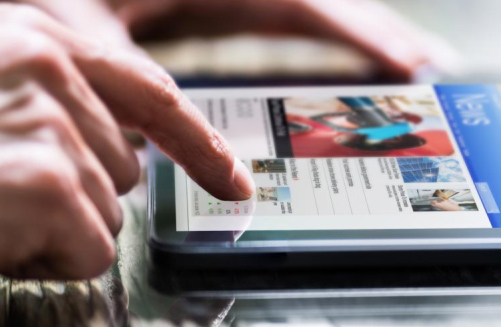
ViviGen Cellular Bone Matrix outperforms MSC-based allografts and is equivalent to gold standard autograft
Virginia Beach, Va. (Dec. 29, 2020) — ViviGen® Cellular Bone Matrix — the first cellular allograft to recover and protect viable, lineage-committed bone cells — supports outcomes that are comparable to autograft1,2 and superior to a conventional mesenchymal stem cell (MSC)-based cellular allograft in even high-risk foot and ankle procedures, according to two recent peer-reviewed publications.
“These studies are an exciting advancement of our knowledge of ViviGen,” said Mark Moore, PhD, Chief Scientific Affairs Officer at LifeNet Health. “We developed ViviGen based on pre-clinical research that showed a cellular graft focused on viable, lineage-committed bone cells could result in a safe, clinically effective bone void filler. These clinical results further support that conclusion, especially in comparison to first generation cellular grafts that focus on undifferentiated MSCs."
A retrospective analysis of 135 high-risk foot and ankle procedures published in the journal Foot & Ankle Specialist showed that ViviGen supports fusion even in patients with comorbidities that create higher risk of nonunion, such as diabetes, thyroid disease and alcohol abuse. The overall fusion rate across two high-risk patient groups — 113 undergoing arthrodesis and 22 undergoing open reduction internal fixation (ORIF) — was 86 percent, which is comparable to fusion procedures using autograft while avoiding the challenges associated with autograft recovery. There also was no statistical difference in the fusion rate between primary and revision procedures. “By providing osteogenic cells in an osteoconductive and osteoinductive matrix, ViviGen helps maximize bone healing, even for revision cases, diabetics, and smokers,” said Joseph Park, MD, one of the authors of the study, which was performed at the University of Virginia Health System in Charlottesville, Va.
Download a summary of this study.
A second retrospective study, published in Clinical Research on Foot & Ankle, showed that ViviGen outperformed a leading MSC-based graft in both clinical and patient-reported outcomes following foot and ankle fusions. The study involved 47 consecutive cases, with 31 patients receiving ViviGen and 16 receiving the MSC graft. The ViviGen patients experienced fusion at double the rate of the MSC patients — including among patients with comorbidities such as diabetes and tobacco use — experienced fewer complications and reported lower post-operative pain.
These results reinforce that viable, lineage-committed bone cells, such as those in ViviGen, may better support bone fusion than MSCs and demonstrates that ViviGen can lead to successful clinical and patient-reported outcomes with minimal complications in foot and ankle surgery.
Download a summary of this study.
Additional materials describing the effective use of ViviGen in orthopedic trauma procedures:
- Peer-Reviewed Publications
- Case Studies
- Webinar: Use of ViviGen Cellular Bone Allograft in Orthopaedic Trauma
- Video: Surgeon's Perspective
1. Lareau, et al. Does autogenous bone graft work? A logistic regression analysis of data from 159 papers in the foot and ankle literature. Foot Ankle Surg. 2015;21(3):150-159.
2. Muller, et al. Substitutes of structural and non-structural autologous bone grafts in hindfoot arthrodesis and osteotomies: a systemic review. BMC Musculoskeletal Disorders. 2013;14:59.
